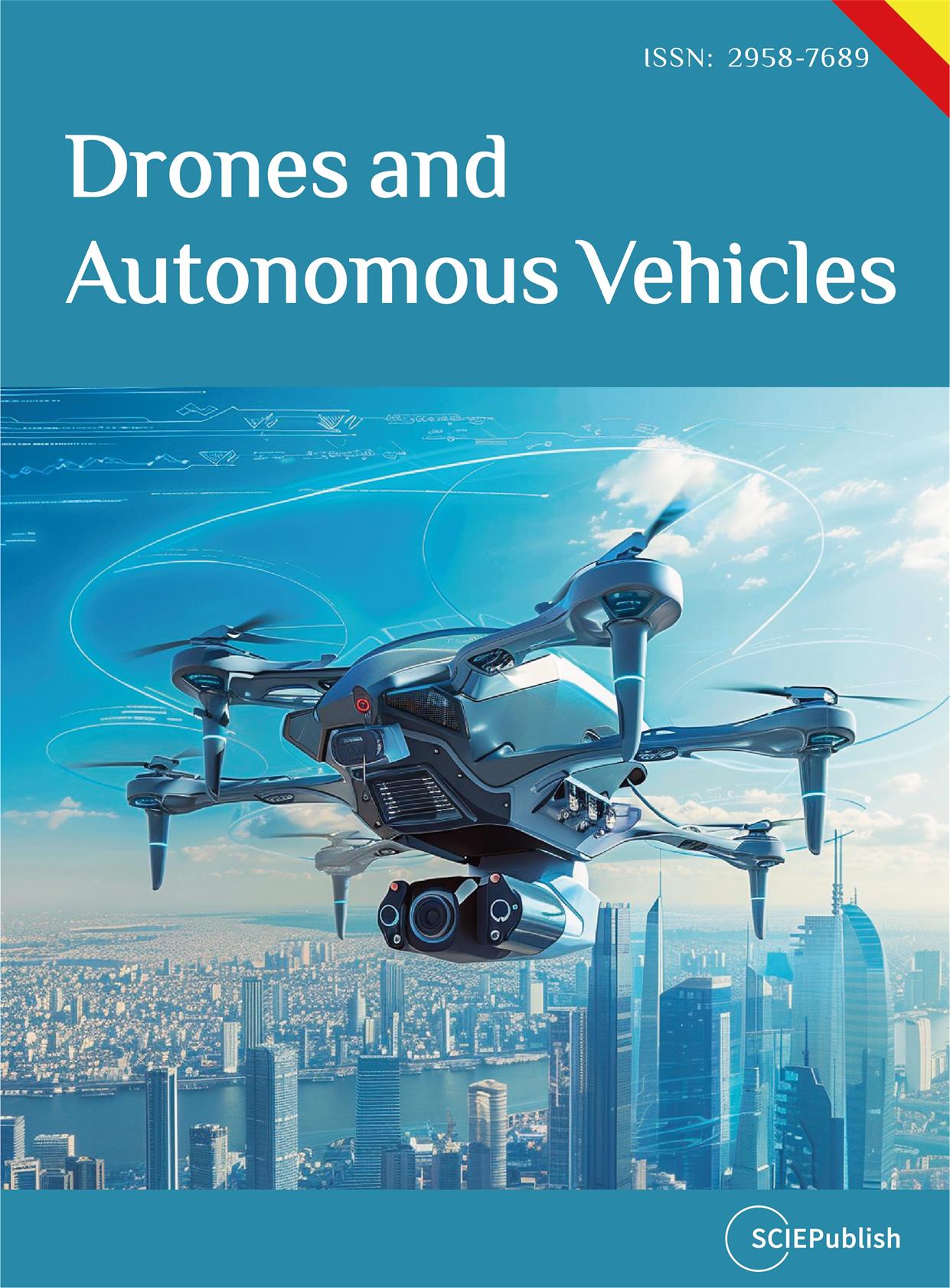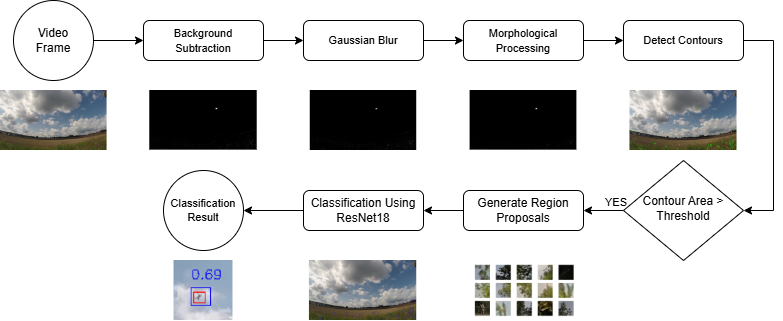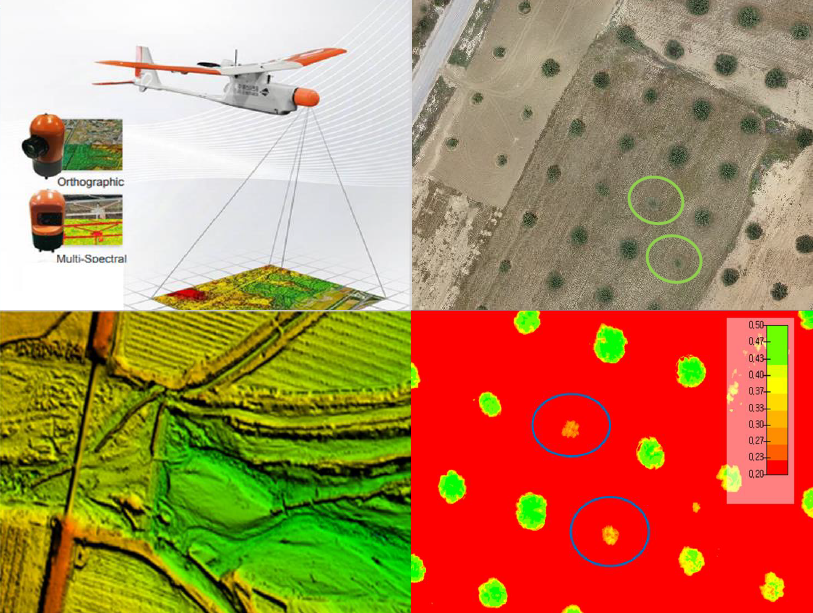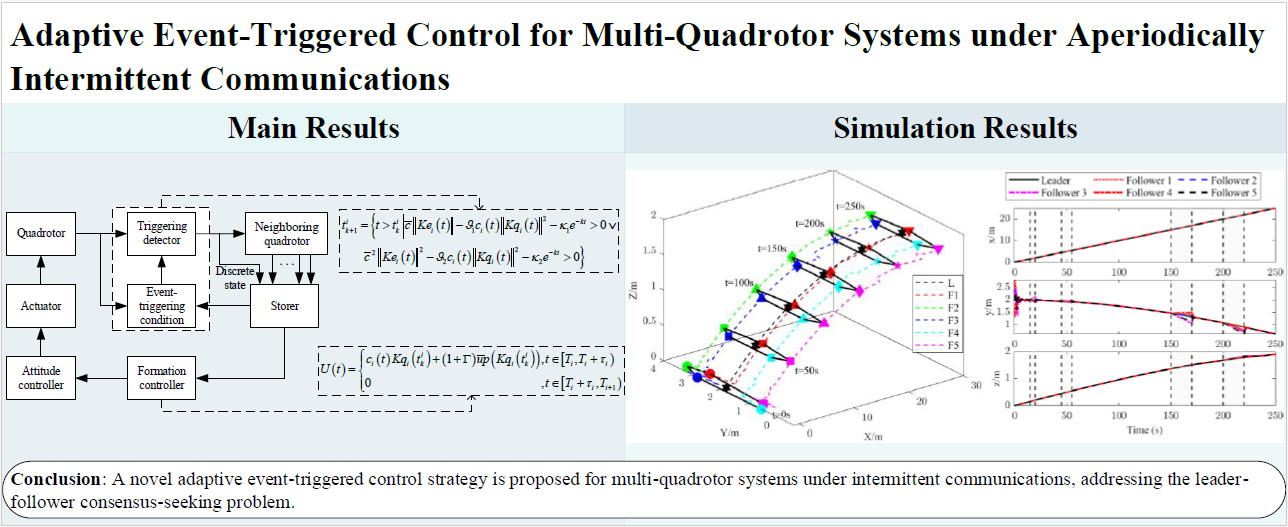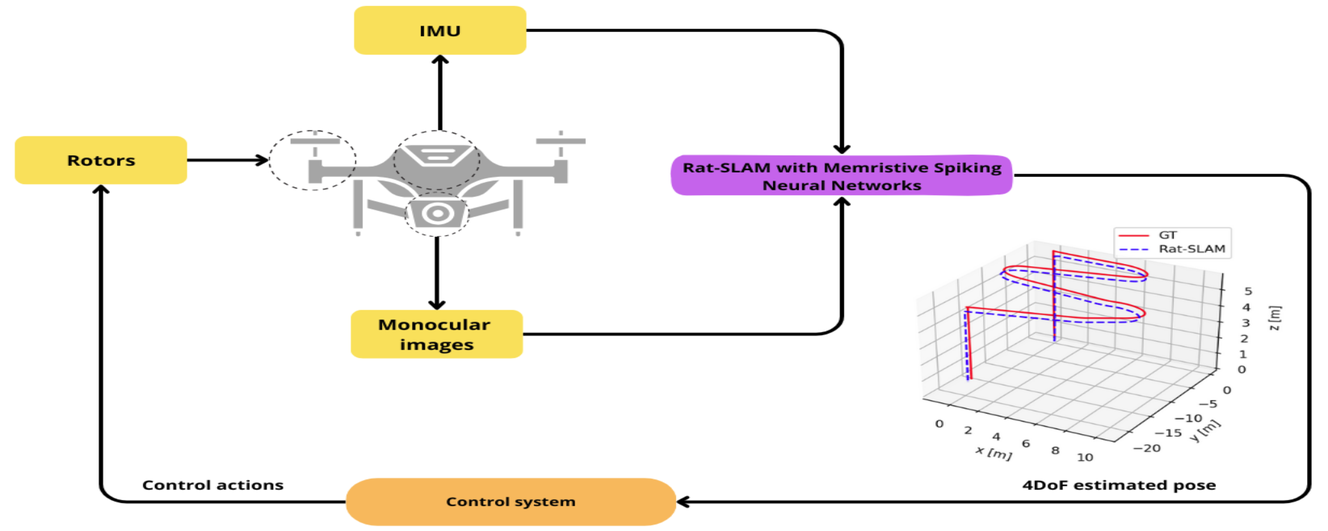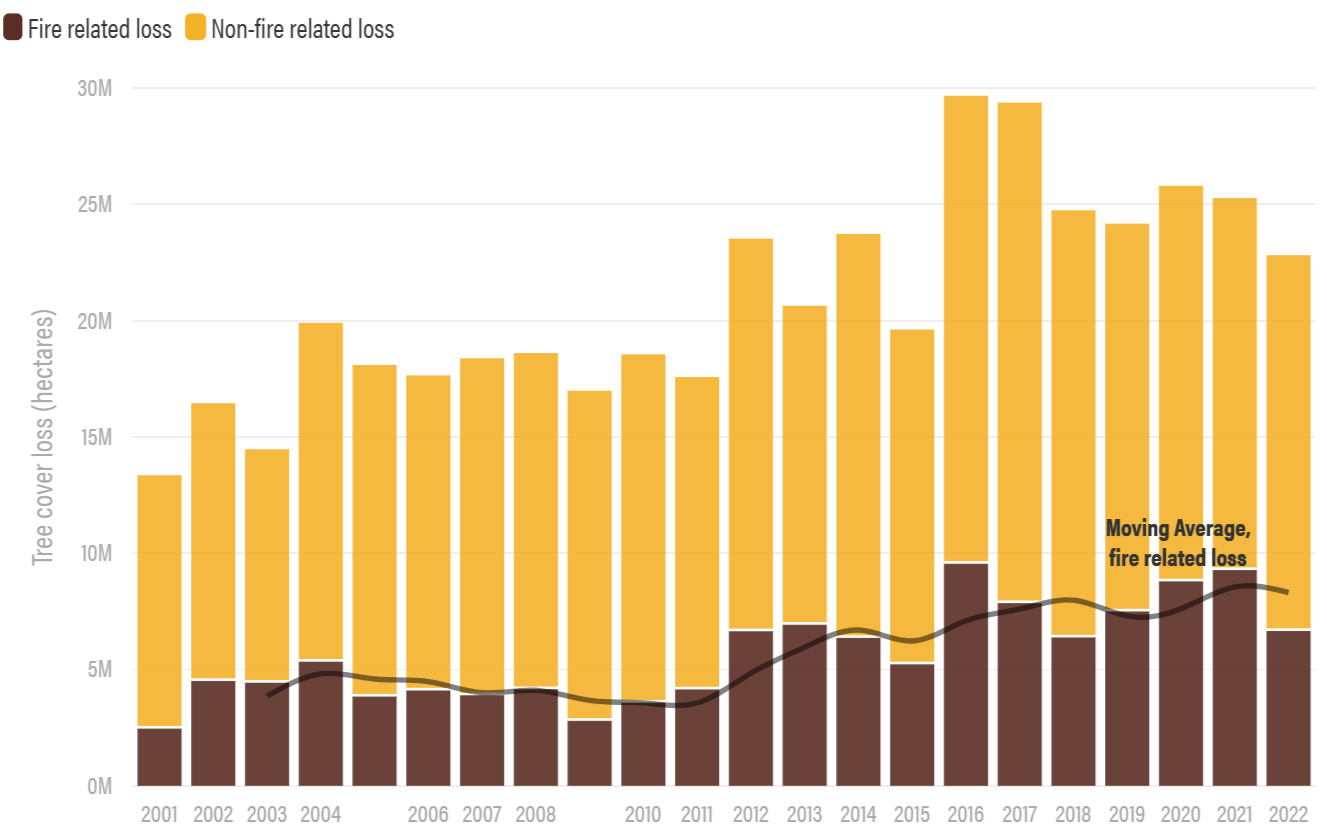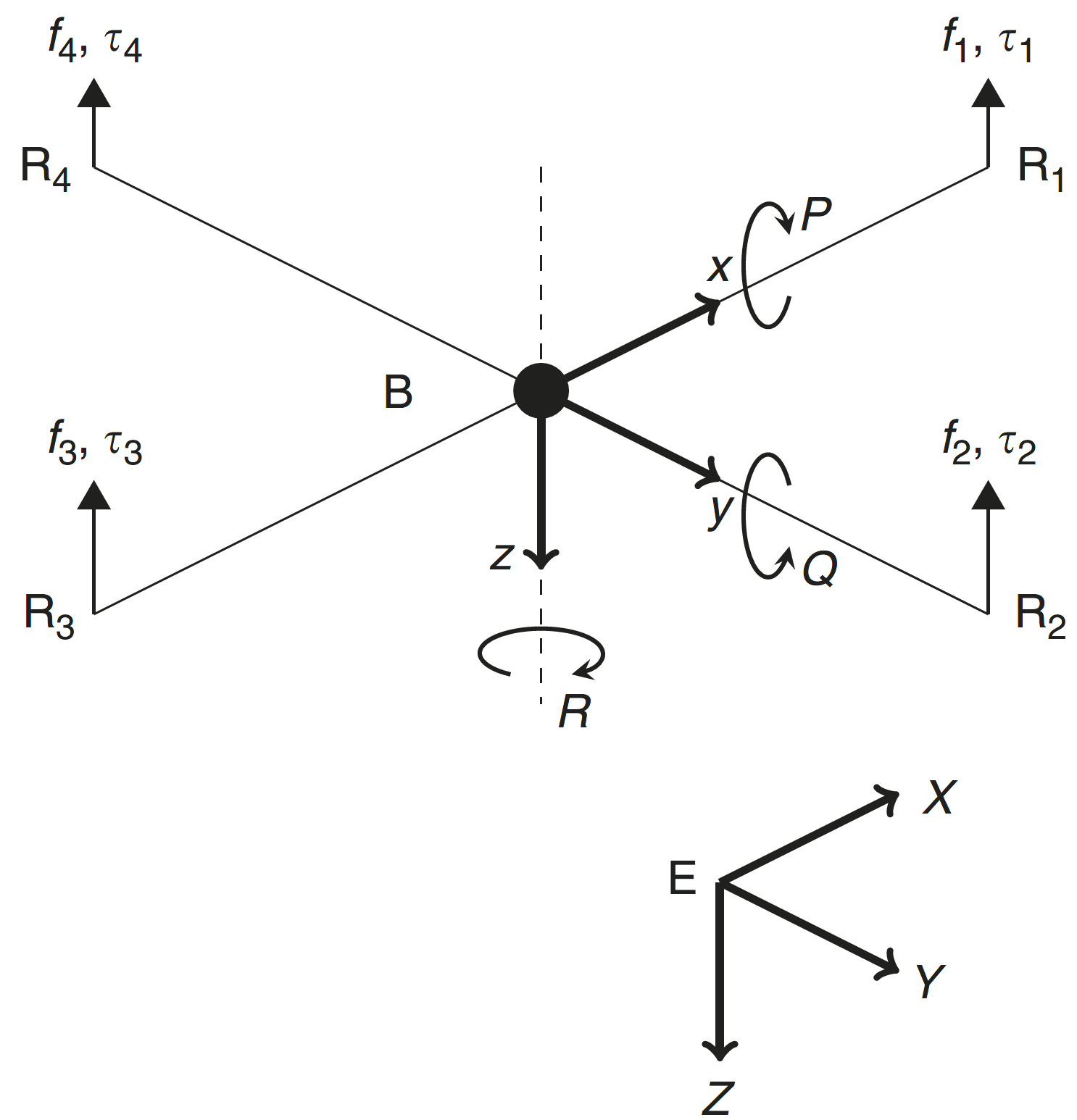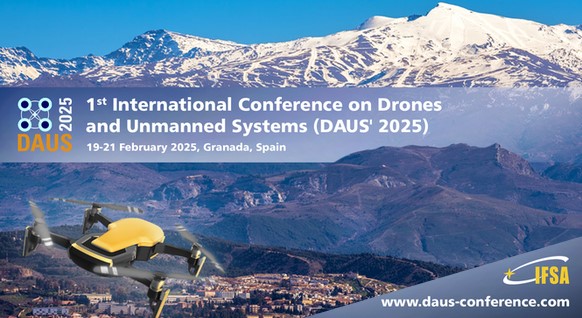Drones and Autonomous Vehicles
 Open Access
Open Access
ISSN: 2958-7689 (Online)
2958-7670 (Print)
Drones and Autonomous Vehicles is an international open access journal which will carry high quality papers in all fields of autonomous systems, algorithm, automate software, hardware research and applications related to drones and autonomous vehicle systems. It is published quarterly online by SCIEPublish. View full Aims&Scope
